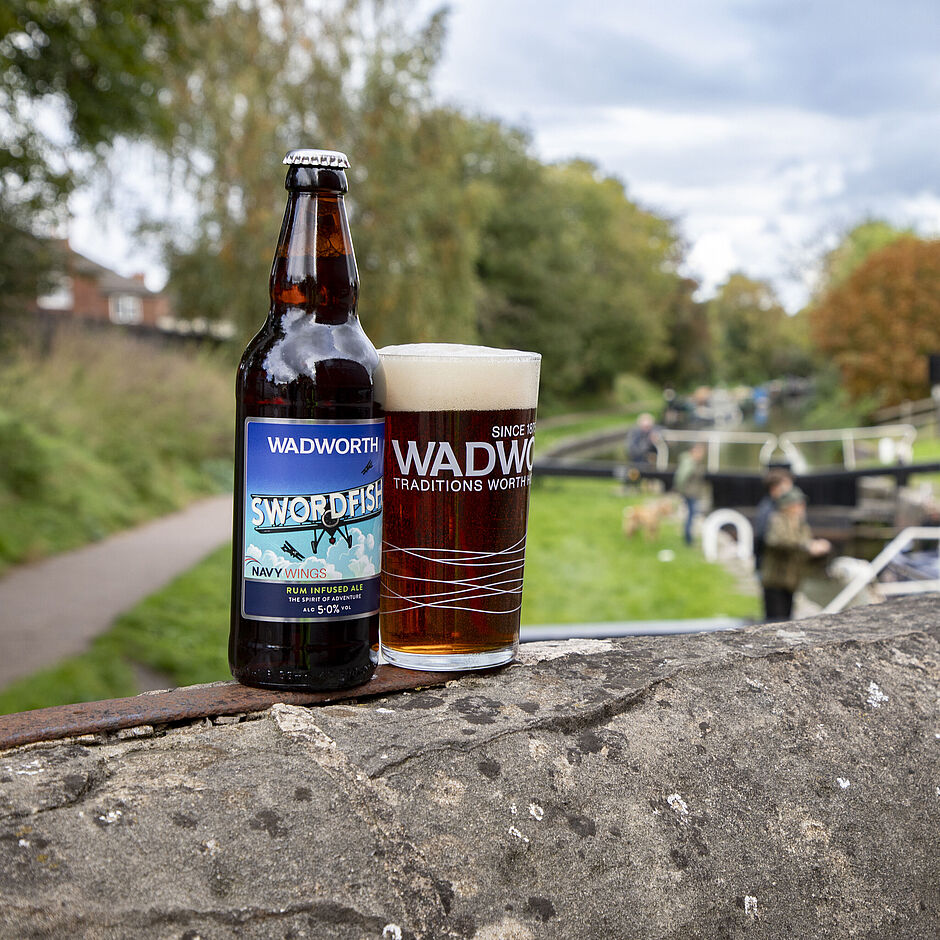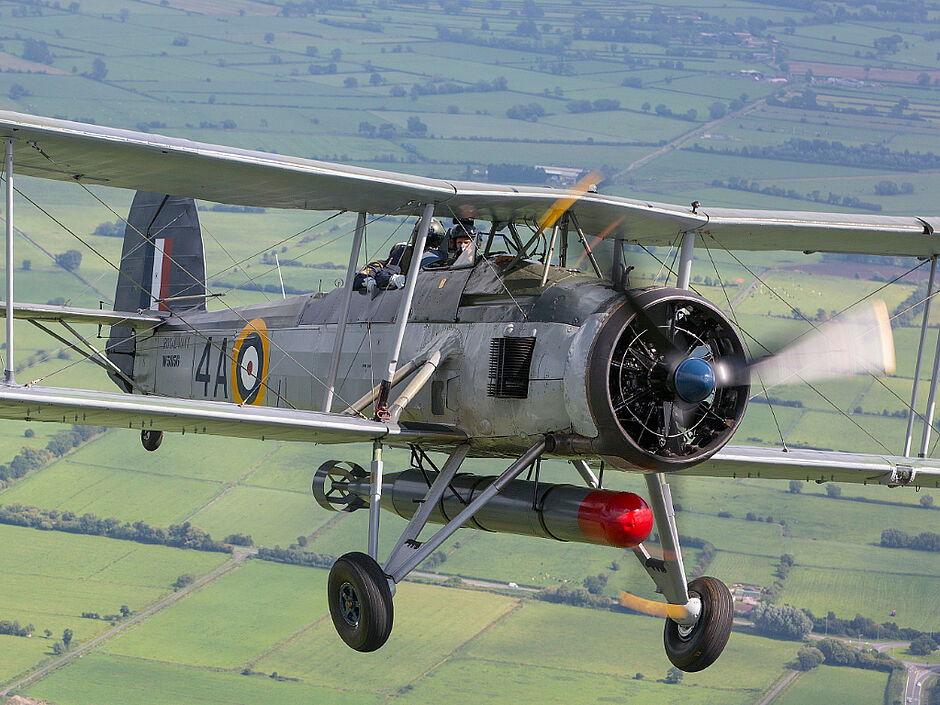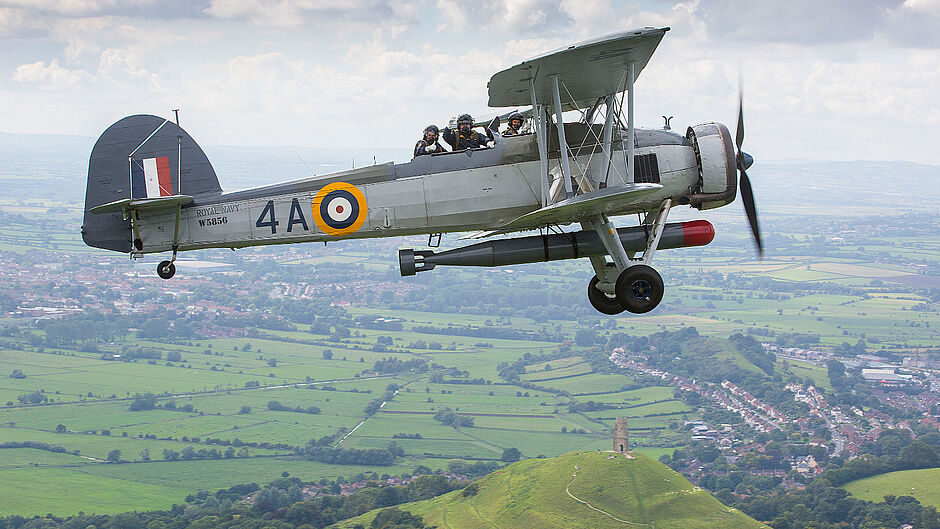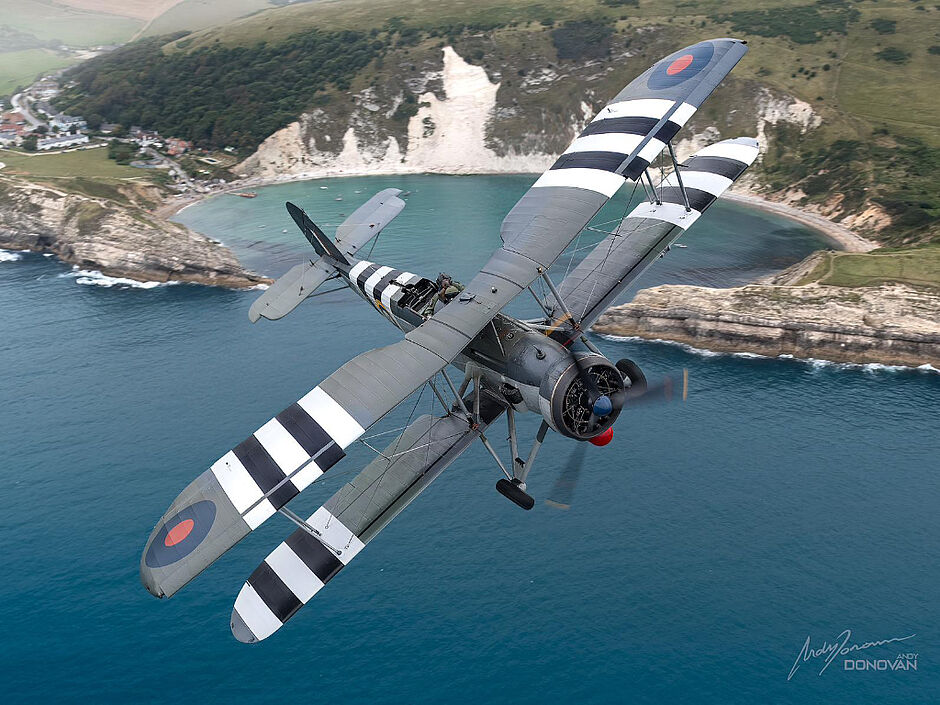VE DAY 80
The Swordfish plane played a remarkable role in World War II and we are proud to support Navy Wings, the charity that preserves the heritage of these amazing planes and continues to tell their important stories. Find out more below.
Wadworth's Swordfish ale was originally brewed to commemorate 100 years of Naval Aviation. Swordfish is a unique blend of Wadworth beer and Pusser’s Navy Rum (rationed to the Navy during WWII).

WIN BEER AND MERCH!
If you’ve arrived on this page by scanning a QR code on a pump clip in a Wadworth managed pub you’re in the right place!
If you have found this page somehow else, then you can also enter the prize draw!
Simply give us your details below and you’ll be entered into our Swordfish prize draw.
Check back from 1st May to enter our competition
Prize consists of:
- Case of 12 x 500ml bottles of Swordfish
- Swordfish T-Shirt
- Swordfish Cap
- Wadworth pint glass

WE'RE DONATING 80p PER PINT!
On 8th May 2025, to commemorate VE Day, we will be donating 80p to Navy Wings for every pint of Swordfish sold in our managed pubs.
We usually donate 5p per pint to support Navy Wings, but for this special occasion, we’re increasing that to 80p to mark the 80th anniversary of Victory in Europe Day to honour the brave service personnel who inspired this beer and support the charity that preserves their aircraft and the important stories behind them.
Can't make it to the pub?
You can order Swordfish 24/7 from our online shop.
The History of Swordfish
The Fairey Swordfish: An Unlikely Hero of World War II
The Fairey Swordfish, affectionately known as the "Stringbag," was a biplane torpedo bomber that played a pivotal role in several key naval battles during World War II. Despite its outdated design, the Swordfish achieved remarkable successes that cemented its place in military aviation history.
Battle of Taranto
One of the Swordfish's most notable achievements occurred during the Battle of Taranto on the night of November 11-12, 1940. A daring raid by 21 Swordfish aircraft from the aircraft carrier HMS Illustrious resulted in the sinking of one Italian battleship and severe damage to two others. This attack significantly weakened the Italian Navy and demonstrated the effectiveness of carrier-based aircraft in naval warfare.
The Hunt for the Bismarck
One of the Swordfish's most iconic moments came in May 1941 during the pursuit of the German battleship Bismarck. On May 26, Swordfish aircraft from HMS Ark Royal launched a torpedo attack that crippled the Bismarck's rudder, rendering it unsteerable. This critical blow allowed the Royal Navy to catch up and eventually sink the formidable warship.
Anti-Submarine Warfare
As the war progressed, the Swordfish adapted to new roles, including anti-submarine warfare. Equipped with radar and depth charges, Swordfish aircraft patrolled the Atlantic, hunting German U-boats. Their efforts were instrumental in protecting Allied convoys and maintaining vital supply lines.
Versatility and Endurance
The Swordfish's versatility extended beyond torpedo attacks and anti-submarine missions. It was also used for reconnaissance, mine-laying, and even as a training aircraft. Remarkably, the Swordfish remained in front-line service throughout the war, outlasting many of the aircraft designed to replace it.
Legacy
By the end of World War II, the Swordfish had sunk more enemy shipping tonnage than any other Allied aircraft. Its contributions to key naval battles and its adaptability in various roles underscore the aircraft's significance. The Swordfish's legacy is a testament to the ingenuity and bravery of the crews who flew it, proving that even the most unlikely heroes can achieve greatness.
Funds raised from the sale of Wadworth’s Swordfish Ale help to keep the last remaining airworthy Swordfish in the world flying. To find out more, visit navywings.org.uk.



